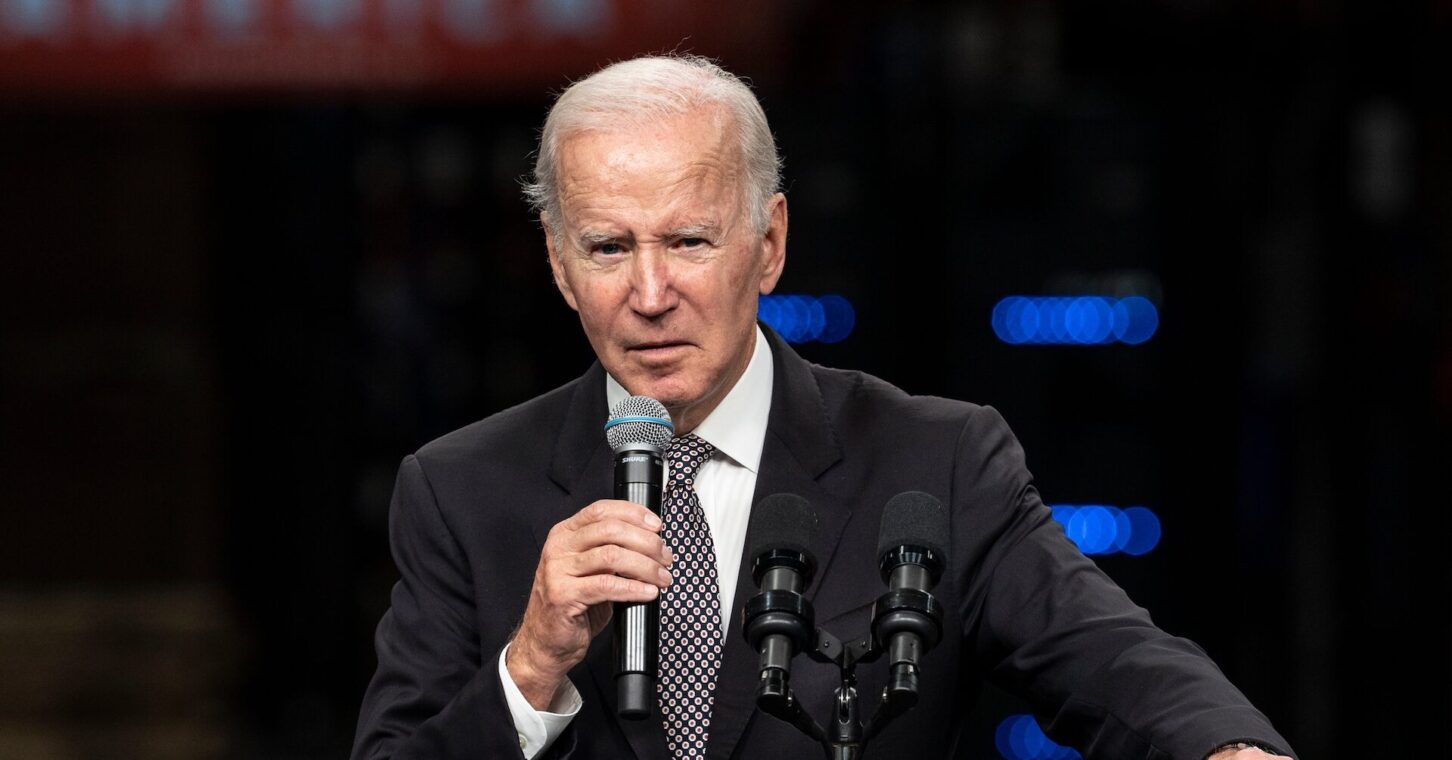
I’ve noticed some people are highlighting what they believe – or what they want you to believe – is a contradiction about the economy: Inflation is easing, so why don’t more people feel better about the economy?
It started this summer, when President Joe Biden began to embrace the epithet “Bidenomics.” Critics meant it as shorthand for the shortcomings of his policies, but the president claims it as a badge of honor much as Barack Obama eventually did with “Obamacare.”
Although the current president’s usage of Bidenomics covers a wider range of topics, its spin on inflation is well-summarized by a White House statement from June: “Inflation has fallen for 11 straight months and has come down by more than half.” Sympathetic commentators have picked up this line, but their effort to change the narrative isn’t working.
For example, Gallup’s Economic Confidence Index last month was minus-30 (on a scale where minus-100 is worst and plus-100 is best). That’s better than the minus-58 recorded in June 2022, which was the lowest mark since Obama’s first inauguration. But it’s worse than the minus-21 rating when Biden became president, and it remains below all but one month during the depths of the COVID-19 pandemic.
Why is that? Probably because “inflation” has not “fallen” – not for even one recent month, much less the past 11 months straight. It certainly has not “come down by more than half.” What has happened is the rate of increase is slower than before. I’m not being pedantic to point out this difference, because it’s the difference between the truth felt by every American household and the desperate spin of politicians.
If inflation had “fallen,” people wouldn’t see prices continuing to rise substantially. But they do. Prices for the goods and services measured by the federal government’s Consumer Price Index last month were 3.2% higher than a year earlier. The price hikes were higher for food, and would have been higher overall if not for a sharp decline for energy prices.
Now, it’s true that this 3.2% increase was less painful than the 8.5% shock between July 2021 and July 2022, or the 5.4% jolt of the 12 months before that. Relative to the previous two years, things are better. But that’s mostly because inflation in those two years was the worst Americans had experienced in four decades.
Still, a relative improvement is one thing. Absolute improvement is another, and that hasn’t happened. That’s because even a slower increase gets added on top of those sharper rises.cAltogether, CPI was 18% higher last month than in July 2020. That’s significantly worse than it was a year ago.
That’s the pain consumers feel. To suggest otherwise is out of step with the reality Americans face. To put this into perspective, a new Moody Analytics report revealed Americans are spending $709 more per month on everyday goods and services than they did two years ago.
Is a slower rate of increase better than a faster one? Of course. But slowing the rate of increase means consumers are still feeling the squeeze of inflation that has now been baked into the economy.
Wages are the other consideration here. If wages rose faster than prices, consumers’ real purchasing power would be higher. That is beginning to happen, but only after two years of lost purchasing power. Adjusted for inflation, hourly earnings were 1.1% higher in July than a year earlier, which is far better than the 2.7% decline during the 12 months before that. But weekly earnings in July were barely higher, in part because the average worker clocked in for fewer hours.
Bottom line, Americans are still trying to catch up after three years of soaring prices.
To the extent the verbal tug-of-war over “Bidenomics” is a political fight, we still have more than a year until the 2024 election. Things can change. But if we’re just talking about a way to describe how the country is faring economically right now, there’s a reason it still gives Americans a sour feeling.